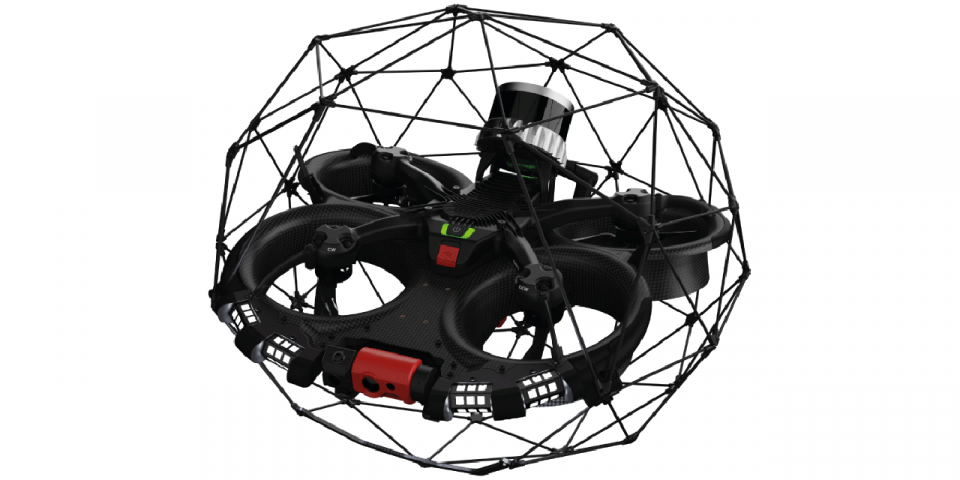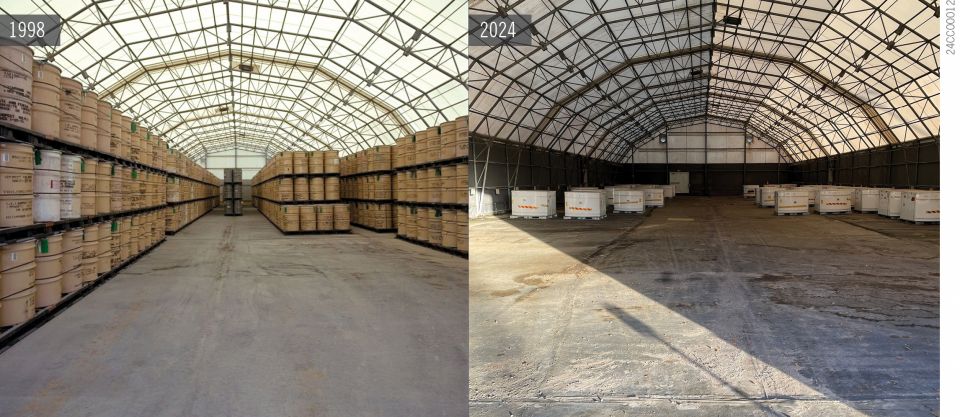DOE to award $900 million for milestone-based SMR deployment projects

Yesterday morning as Amazon, X-energy, Energy Northwest, and Dominion Energy were sharing a spotlight celebrating their investment in X-energy’s high-temperature gas-cooled reactor technology, the Department of Energy opened up the application process for up to $900 million in cost-shared funding to support the initial domestic deployment of a different type of reactor—light water reactors generating about 300 MWe that the DOE calls Gen III+ small modular reactors.
The DOE is making a bid to “assist the private sector in establishing a credible and sustainable pathway to deploying a fleet of Gen III+ SMRs across the country.” To get there, the DOE is taking a page out of its own recently updated Pathways to Commercial Liftoff: Advanced Nuclear report. Unlike other recent reactor projects backed by DOE loans or grants, this time the DOE is calling for a consortium approach to reactor deployment in a bid to spread risk and cost while avoiding cost-overruns. Fifty percent cost-shared funding will be paid only after a team—led not by a reactor vendor but by a utility, end-user/off-taker, a development company, or an incorporated consortium—has reached milestones.
During the news conference yesterday hosted by Amazon to announce Amazon’s investment in X-energy reactor deployments, Energy Secretary Jennifer Granholm announced that applications were open.
“Today, DOE is announcing $900 million for those who want to deploy even more small modular reactors,” she said, adding, “At this moment as I speak, we’re also having a meeting at our Idaho National Laboratory . . . for investors who want to invest in SMRs and may be not sure about this technology. [W]e want to take down the mystery and make sure the investment world understands the importance of this technology and its likelihood of success. . . . Ultimately, I think what we’re starting here is a race to the top.”
Follow the money: This $900 million for SMR support was appropriated in the Consolidated Appropriations Act of 2024 utilizing funds from the Bipartisan Infrastructure Law, and a structure for the program was first announced by the DOE in June. The DOE’s Office of Clean Energy Demonstrations (OCED) and Office of Nuclear Energy (DOE-NE) both have a role in administering the awards, and responsibility for grid-scale demonstration funding rests with the OCED.
The solicitation describes how funding would be issued in two tiers. Tier 1, or First Mover Team Support, managed by OCED, will provide up to $800 million in milestone-based awards to support up to two teams of utility, reactor vendor, constructor, and end-users/off-takers committed to deploying a first plant while facilitating a multi-reactor SMR orderbook and taking advantage of the opportunity to work with the National Nuclear Security Administration to incorporate safeguards and security by design into the projects. Tier 1 teams must include a U.S. utility, reactor technology vendor, and engineering, procurement, and construction (EPC) company, with the lead applicant being the utility, end-user/off-taker, a development company, or incorporated consortium.
Tier 2, or Fast Follower Deployment Support, would be managed by DOE-NE and would provide a total of up to $100 million for multiple awards to “spur additional Gen III+ SMR deployments by addressing key gaps that have hindered the domestic nuclear industry in areas such as design, licensing, supplier development, and site preparation.” Tier 2 funding is available in three different categories, and applicants must be either planned project owners or utilities, or entities looking to improve the capability, capacity, or cost competitiveness of the domestic supply chain for light water SMRs.
The maximum expected project period is “approximately up to 10 years” for grid-scale SMR deployments and up to five years for Tier 2 activities.
Who will succeed? The DOE wants to support grid-scale deployment of “domestic Gen III+ SMR technologies that are reliable, licensable, commercially viable, and have a demonstrated path towards a multi-reactor orderbook.” According to the solicitation, “priority will be given to projects with (1) the highest probability of a successful deployment, (2) the greatest potential to develop a Gen III+ SMR orderbook, and (3) the greatest potential contribution to the resilience of the domestic nuclear industry.”
While the solicitation requires applicants to develop a consortium approach, each project team will require a reactor design. Candidate reactor designs would likely include the five SMR designs listed here in alphabetical order that are already in pre-application engagement with the Nuclear Regulatory Commission: Deep Fission’s Deep Borehole Pressurized Water Reactor, GE-Hitachi’s BWRX-300, Holtec’s SMR-300, the Japan Atomic Energy Agency’s Floating Seismic Isolation System, and Westinghouse’s AP300. A 77-MWe, six-module (462 MWe) version of NuScale Power’s pressurized water reactor design is currently under NRC review for standard design approval.
The case for SMRs: The DOE estimates that the U.S. will need about 700–900 GW of additional clean, firm power generation capacity to reach net-zero emissions by 2050, with 200 GW of that coming from nuclear power, according to the updated Liftoff report. SMRs are one way to meet that demand. The Liftoff report notes that while large reactors offer a cheaper cost per kilowatt, SMRs may offer smaller overall project costs, shorter construction times, and a faster path to the nth-of-a-kind reactor.
According to the solicitation just released, “In particular, SMRs offer the potential for modularity, factory construction, and scalability to meet demand. Additionally, Gen III+ SMRs may be able to revitalize and leverage the service and supply chain infrastructure supporting the existing fleet of light water reactor designs, thus providing a near-term path for new nuclear deployments.” To reach those benefits, “a demonstration project is critical to overcoming the first-of-a-kind commercial adoption challenges for Gen III+ SMR technology,” which are identified as 1) cost reliability, 2) resource maturity (four resources are identified: capital flow; project development, integration, and management; manufacturing and supply chain; and workforce), and 3) licensing uncertainty.
For more information: Applications are due on January 17, 2025, at 5pm ET. Until then, potential applicants have access to several resources:
- A Gen III+ SMR engagement webpage.
- An informational webinar on October 22.
- The opportunity to send questions about the solicitation to Gen3PlusSMR@hq.doe.gov.
- A recording and slides from the DOE’s July 9 Gen III+ SMR Program Notice of Intent informational webinar.
- The opportunity to meet with the DOE about a potential project by requesting a meeting by email to Gen3PlusSMR@hq.doe.gov.








